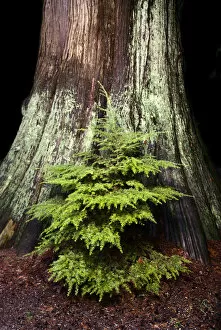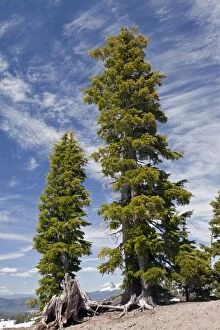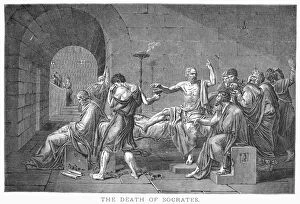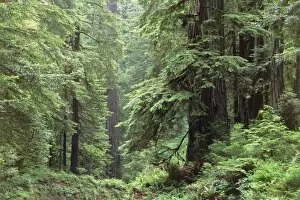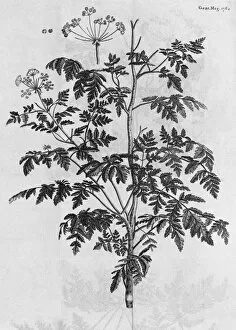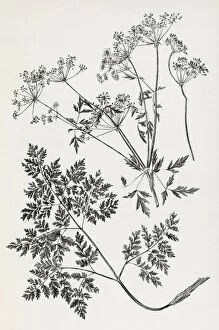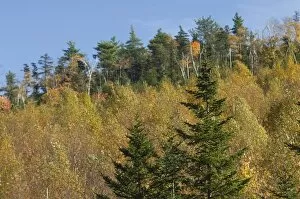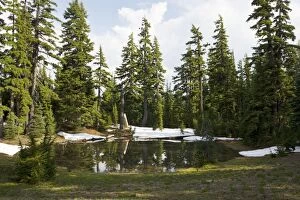Hemlock Collection (#5)
Hemlock, a plant with a dark and deadly history, has captivated artists and philosophers alike throughout the ages
For sale as Licensed Images
Choose your image, Select your licence and Download the media
Hemlock, a plant with a dark and deadly history, has captivated artists and philosophers alike throughout the ages. In "The Death of Socrates, " painted in 1787 by an unknown artist, hemlock takes center stage as it symbolizes the philosopher's final moments. This poisonous plant is known for its ability to bear fruits and seeds, which contain potent toxins that can be fatal if ingested. In a lithograph from 1895 titled "Poison Plants, " hemlock is featured among other notorious botanical killers. Fools parsley, northern water hemlock - all share this sinister reputation. The mere mention of these plants sends shivers down one's spine. However, not all depictions are morbid. A photograph taken at Crater Lake National Park shows a Clark's Nutcracker perched atop a majestic hemlock tree during summertime. It reminds us that even amidst danger lurks beauty and life. Socrates' association with hemlock cannot be ignored either; his name often intertwined with this lethal herb. An engraving after H. Corbould depicts the momentous event when Socrates drinks his last sip of poison before bidding farewell to the world he so deeply pondered upon. Socrates himself was an influential Athenian philosopher who lived between 469-399 B. C. , leaving behind an indelible mark on Western thought and philosophy. His execution by consuming poisoned hemlock became emblematic of intellectual courage in the face of adversity. As we reflect on these various representations - from paintings to photographs to engravings - we are reminded both of its deadly nature and its historical significance as an instrument in some notable deaths throughout time.

